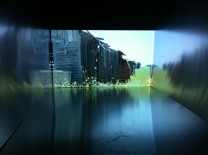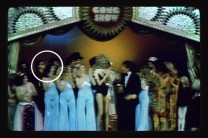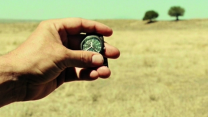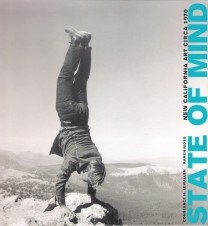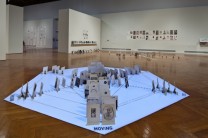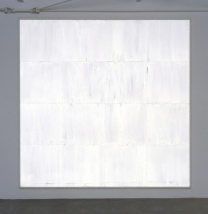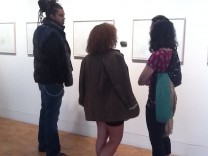In the country, highway sounds can make you feel insignificant. The speed with which vehicles pass you by insists that the life worth paying attention to is somewhere else. It was that distant zoom that I heard on entering Christina Battle’s video installation Dearfield, Colorado (2012), the whoosh of a big truck racing down Highway 34 past a place that used to be a town. Continue reading
News
Review: "Architecture of Life at BAMPFA" My take on the extravagantly poetic exhibition curated by Larry Rinder to open the new Berkeley Art Museum and Film Archives, published on Square Cylinder, February 2016.
